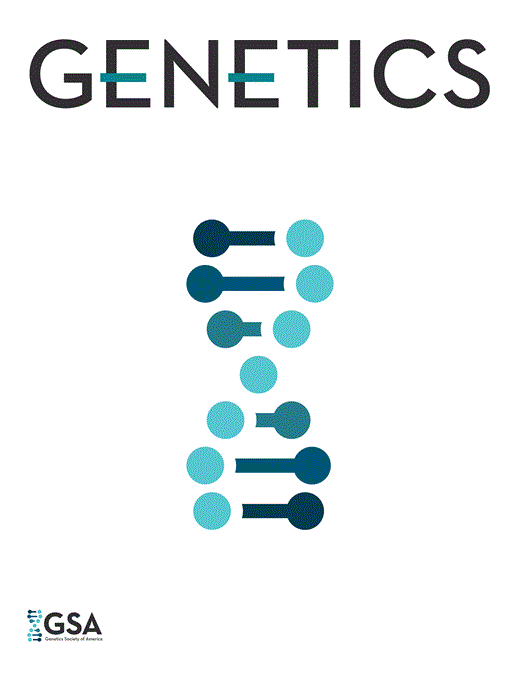-
PDF
- Split View
-
Views
-
Cite
Cite
Isabelle Bonnin, Jean-Marie Prosperi, Isabelle Olivieri, Genetic Markers and Quantitative Genetic Variation in Medicago truncatula (Leguminosae): A Comparative Analysis of Population Structure, Genetics, Volume 143, Issue 4, 1 August 1996, Pages 1795–1805, https://doi.org/10.1093/genetics/143.4.1795
Close - Share Icon Share
Abstract
Two populations of the selfing annual Medicago truncatula Gaertn. (Leguminoseae), each subdivided into three subpopulations, were studied for both metric traits (quantitative characters) and genetic markers (random amplified polymorphic DNA and one morphological, single-locus marker). Hierarchical analyses of variance components show that (1) populations are more differentiated for quantitative characters than for marker loci, (2) the contribution of both within and among subpopulations components of variance to overall genetic variance of these characters is reduced as compared to markers, and (3) at the population level, within population structure is slightly but not significantly larger for markers than for quantitative traits. Under the hypothesis that most markers are neutral, such comparisons may be used to make hypotheses about the strength and heterogeneity of natural selection in the face of genetic drift and gene flow. We thus suggest that in these populations, quantitative characters are under strong divergent selection among populations, and that gene flow is restricted among populations and subpopulations.
Communicating editor: B. S. Weir



